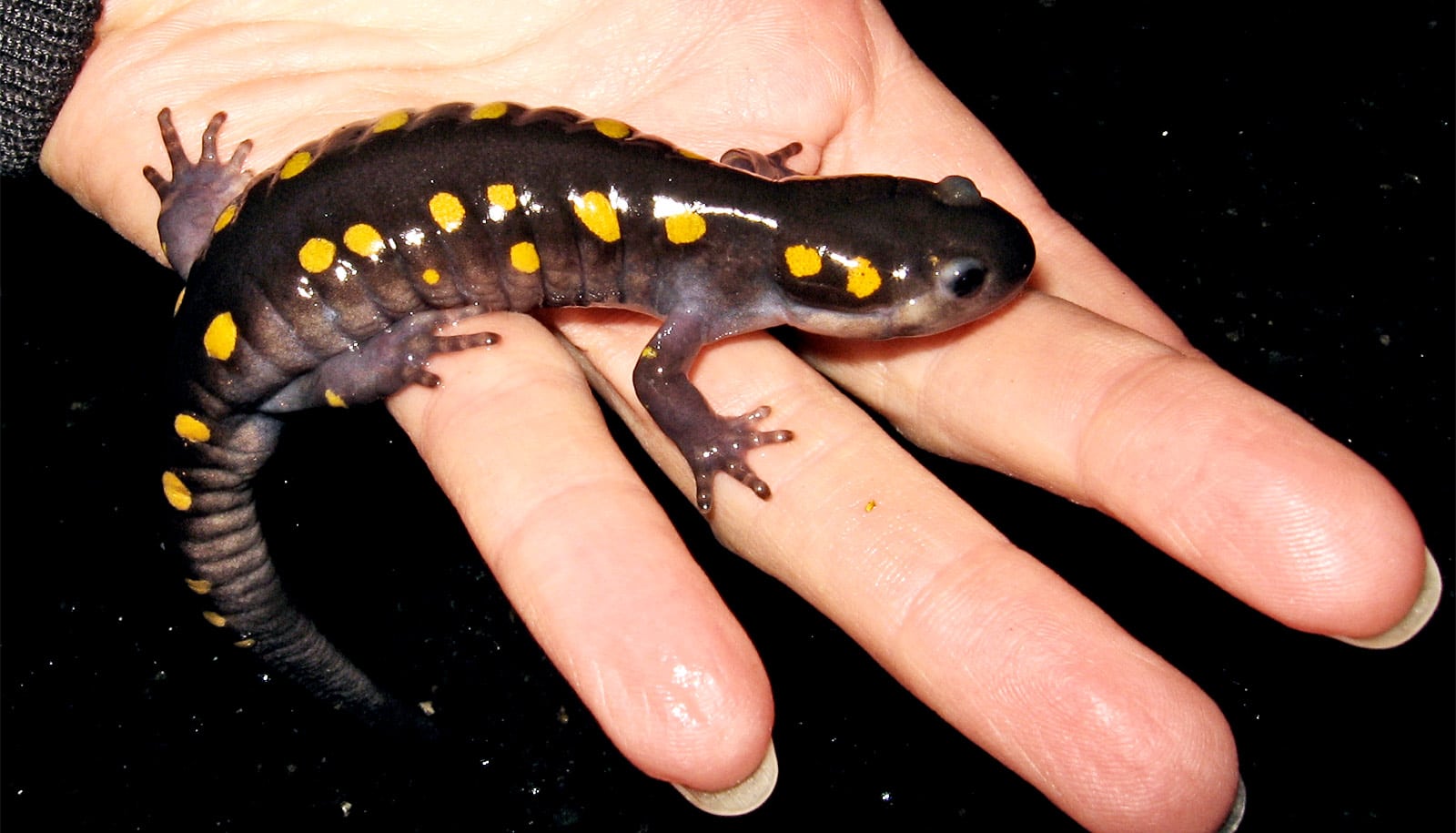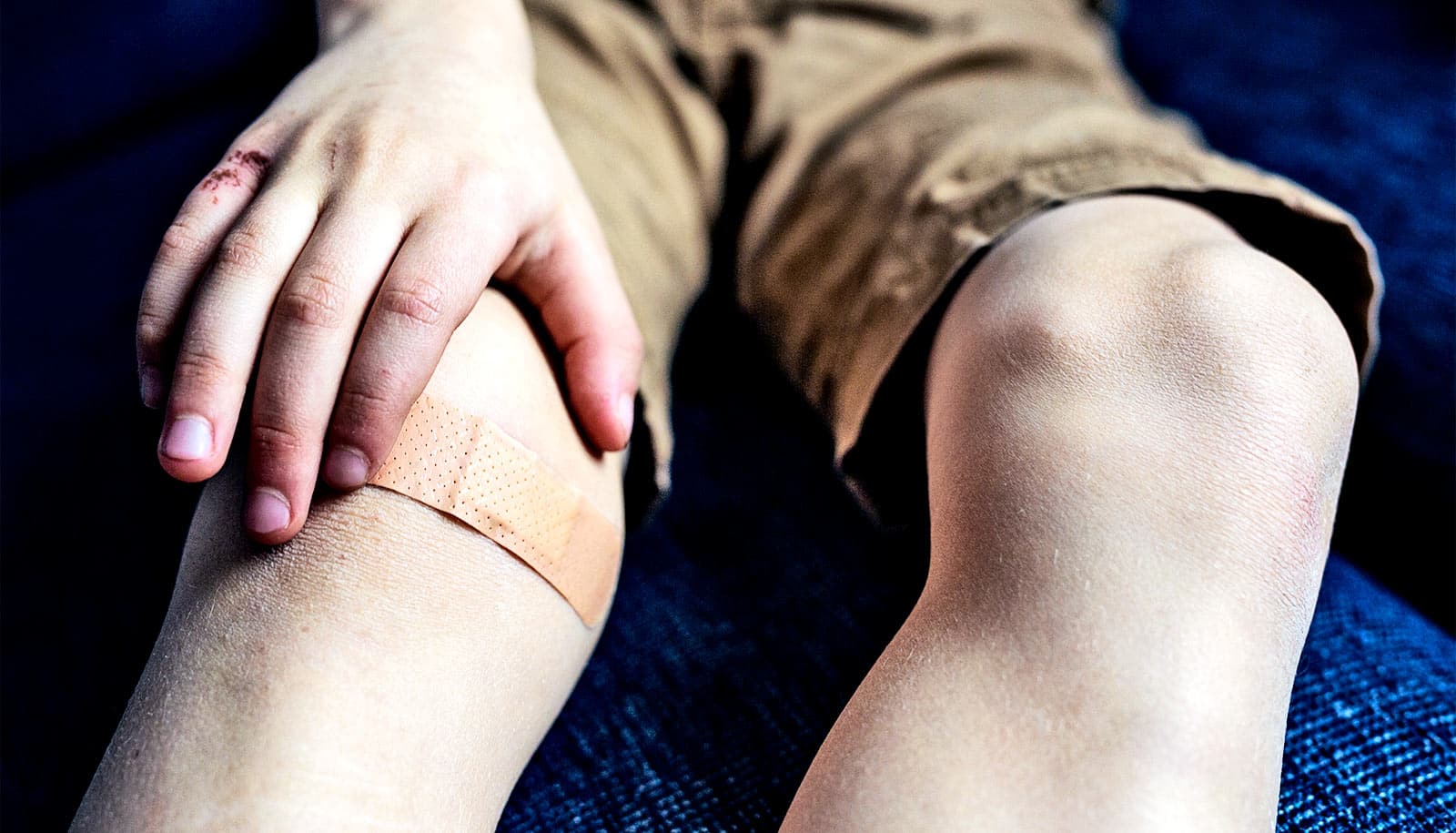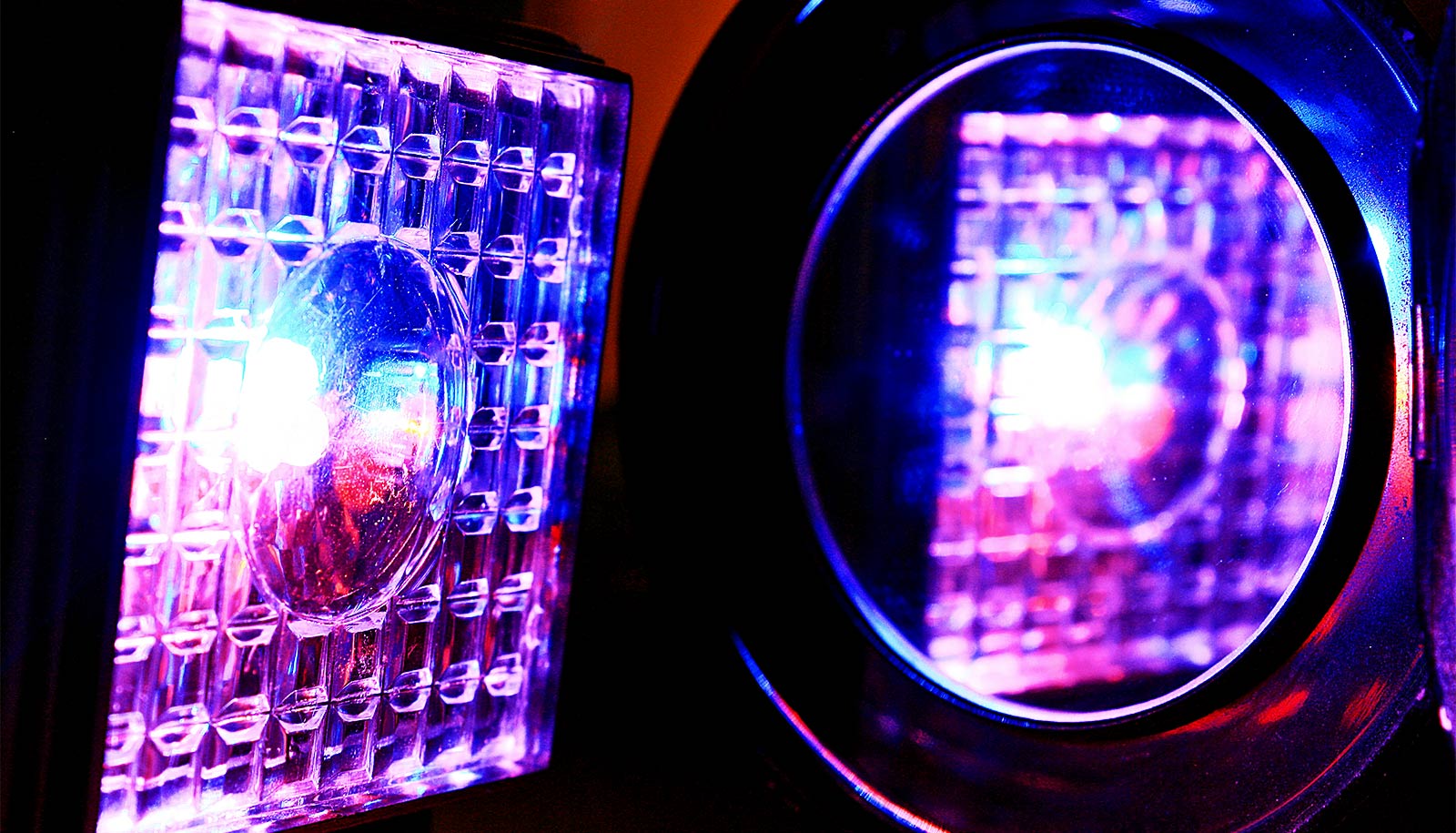Researchers have found that a phenomenon tied to animal size helps determine whether animals heal without scarring after injury—in this case, burns.
What’s more, the researchers have also found a way to manipulate this feature to allow burns to heal without leaving a permanent mark.
Burns not only cause disfiguring scars that mark a person for life, but the inflexible, plastic-like tissue found in scars can also interfere with physical motion and hinder normal physiological needs, such as sweating.
Two researchers in the department of surgery at the Stanford University School of Medicine have long focused on the process of scar formation, trying to understand why scars form and how they can be prevented.
Previous research by professor of surgery Michael Longaker, has centered on how the human fetus can heal without scarring in the womb and why humans lose that ability once born. Geoffrey Gurtner, a professor of surgery and collaborator of Longaker’s who has long been interested in the healing of burns, also notes that some animals, such as salamanders, can heal without scarring and can regenerate tissues their whole lives.
Longaker and Gurtner cowrote a paper published in Science in April on how skin can heal without scarring after incisions, and the more recent study of burn scarring in Nature Communications.
So what is the difference between animals that can regenerate tissue without scarring, and those that scar? The answer, it turned out, stemmed from something few if any scientists had previously focused on: animal size and the physical forces on their cells.
“When animals get big, the forces on their bones and between cells are much, much greater; the cells and tissues change to withstand what are called allometric scaling forces,” Gurtner says. Allometric scaling is a way to describe how various properties change, often drastically, as a result of changes in body size.
In some small animals—think zebrafish and salamanders—you don’t need strong bonds between cells to help them glom onto one another, but when animals grow as large as elephants or dinosaurs, the bonds between cells must be much stronger. Without such strong bonds, even tissues of medium-sized animals, like cats or dogs, would never hold together on the animals’ skeleton, the researchers say. It would be like trying to pile pudding on a coat hanger.
“All the animals capable of scarless regeneration have very small bones and their tissues are almost gelatinous,” Gurtner says. “We wondered if these allometric scaling forces might be part of the reason that zebrafish can regenerate tissues, but humans cannot. Allometric scaling forces are known to change bone size and muscle strength, but no one had looked into how they affect tissue regeneration.”
To investigate the role of these forces in scarring, the researchers disrupted sensors that all cells have to detect mechanical stresses in their environment. The scientists blocked a molecule called focal adhesion kinase, the most evolutionarily conserved component of this sensing system, and observed how it affected the tissue healing process in pigs, which have the most similar skin to humans, through a very small lesion on anesthetized skin.
“To our surprise, simply blocking this one component allowed burn injuries that normally result in scars to heal with completely normal skin architecture and morphology, just like a salamander would,” Gurtner says.
The researchers then cultured human cells engineered to mimic human skin, and precisely manipulated mechanical stresses to imitate the changes that would be observed with changes in body size.
“We found that blocking these same biologic sensors allowed mechanically stressed human cells to revert back to a non-stressed state, similar to that in a smaller-sized animal,” says Kellen Chen, a postdoctoral scholar in Gurtner’s lab and one of the lead authors on the paper.
The finding has strong clinical implications for the treatment of burn injuries for humans and animals, especially because “there are zero Food and Drug Administration approved treatments that reduce scar formation,” says Gurtner. “Patients with severe injuries or burns can suffer a lifetime of pain and disfigurement from scarring. The potential to heal burn injuries with regeneration, rather than scarring, would dramatically change the lives of these patients.”
The researchers are now pursuing clinical trials to reduce scarring in burn patients or also use techniques described in the previously published research to reduce scarring after accidents or surgery. They are also hopeful that looking at these same mechanisms might be useful in helping other organs, such as the lungs, liver, and heart, to heal without scarring after injury or disease.
Source: Stanford University



